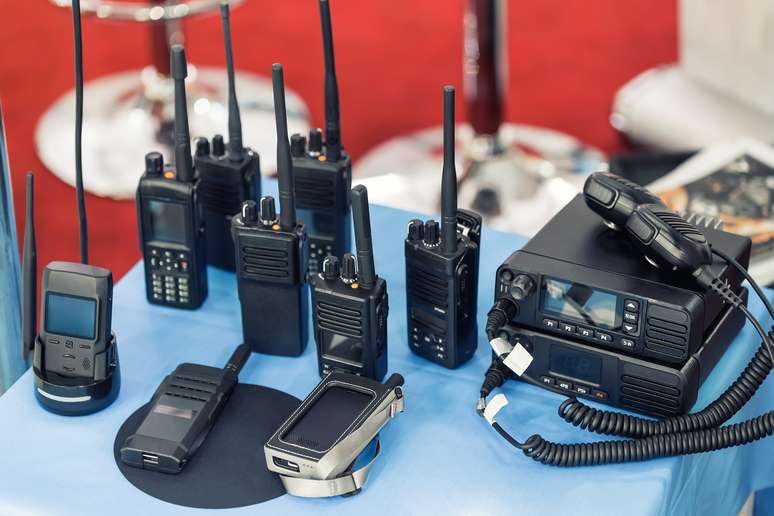In any industry, the reliability of equipment is paramount to maintaining operational efficiency and ensuring safety. However, equipment damage is an inevitable reality that can disrupt workflows, incur financial losses, and pose safety risks. Understanding how to effectively deal with damaged equipment is crucial for businesses aiming to minimize downtime and maintain productivity. This article delves into a multi-faceted approach to managing damaged equipment, encompassing prevention, assessment, repair, and recovery strategies.
- Prevention: The First Line of Defense
The best way to deal with damaged equipment is to prevent it from occurring in the first place. Implementing a robust maintenance program is essential. Here are several strategies to consider:
- Regular Inspections: Schedule routine inspections to identify wear and tear before they escalate into significant issues. Use checklists tailored to specific equipment types to ensure comprehensive evaluations.
- Training and Awareness: Equip your workforce with the knowledge and skills necessary to operate machinery safely. Regular training sessions can help employees recognize potential hazards and understand the importance of proper equipment handling.
- Environmental Controls: Ensure that equipment is used in appropriate environments. Factors such as temperature, humidity, and exposure to corrosive substances can significantly impact equipment longevity.
- Assessment: Identifying the Extent of Damage
When equipment is damaged, the first step is to assess the situation accurately. This involves:
- Visual Inspection: Conduct a thorough visual examination to identify obvious signs of damage, such as cracks, leaks, or misalignments.
- Functional Testing: If safe to do so, perform functional tests to determine the operational status of the equipment. This can help identify issues that may not be immediately visible.
- Documentation: Record all findings meticulously. This documentation will be invaluable for repair processes and future reference.
- Repair: Choosing the Right Approach
Once the extent of the damage is assessed, the next step is to determine the best course of action for repair. Options may include:
- In-House Repairs: If your team possesses the necessary skills and tools, consider conducting repairs internally. This can save time and costs, but ensure that safety protocols are strictly followed.
- Professional Services: For complex repairs or when safety is a concern, it may be prudent to engage professional repair services. Ensure that the service provider has a solid reputation and relevant experience with your specific type of equipment.
- Replacement vs. Repair: In some cases, it may be more cost-effective to replace damaged equipment rather than repair it. Conduct a cost-benefit analysis to make an informed decision.
- Recovery: Getting Back on Track
After repairs are completed, focus on recovery to restore normal operations:
- Testing and Calibration: Before returning equipment to service, conduct thorough testing and calibration to ensure it operates within specified parameters.
- Monitoring: Implement a monitoring system to track the performance of repaired equipment. This can help identify any recurring issues early on.
- Review and Learn: After dealing with damaged equipment, conduct a review session with your team. Discuss what went wrong, how it was handled, and what preventive measures can be implemented moving forward.
- Continuous Improvement: Building Resilience
Dealing with damaged equipment is not just about immediate fixes; it’s also about building a resilient operation. Consider the following:
- Invest in Technology: Utilize predictive maintenance technologies, such as IoT sensors and data analytics, to foresee potential equipment failures before they occur.
- Cultivate a Safety Culture: Foster an organizational culture that prioritizes safety and proactive maintenance. Encourage employees to report potential issues without fear of repercussions.
- Regular Training Updates: As technology evolves, so should your training programs. Regularly update training materials to reflect new equipment, procedures, and safety protocols.
Conclusion
Dealing with damaged equipment is a multifaceted challenge that requires a proactive and systematic approach. By focusing on prevention, thorough assessment, effective repair, and continuous improvement, businesses can mitigate the impact of equipment damage on their operations. Ultimately, investing time and resources into these strategies not only enhances operational efficiency but also contributes to a safer workplace environment. In an ever-evolving industrial landscape, being prepared to tackle equipment damage head-on is essential for long-term success.
